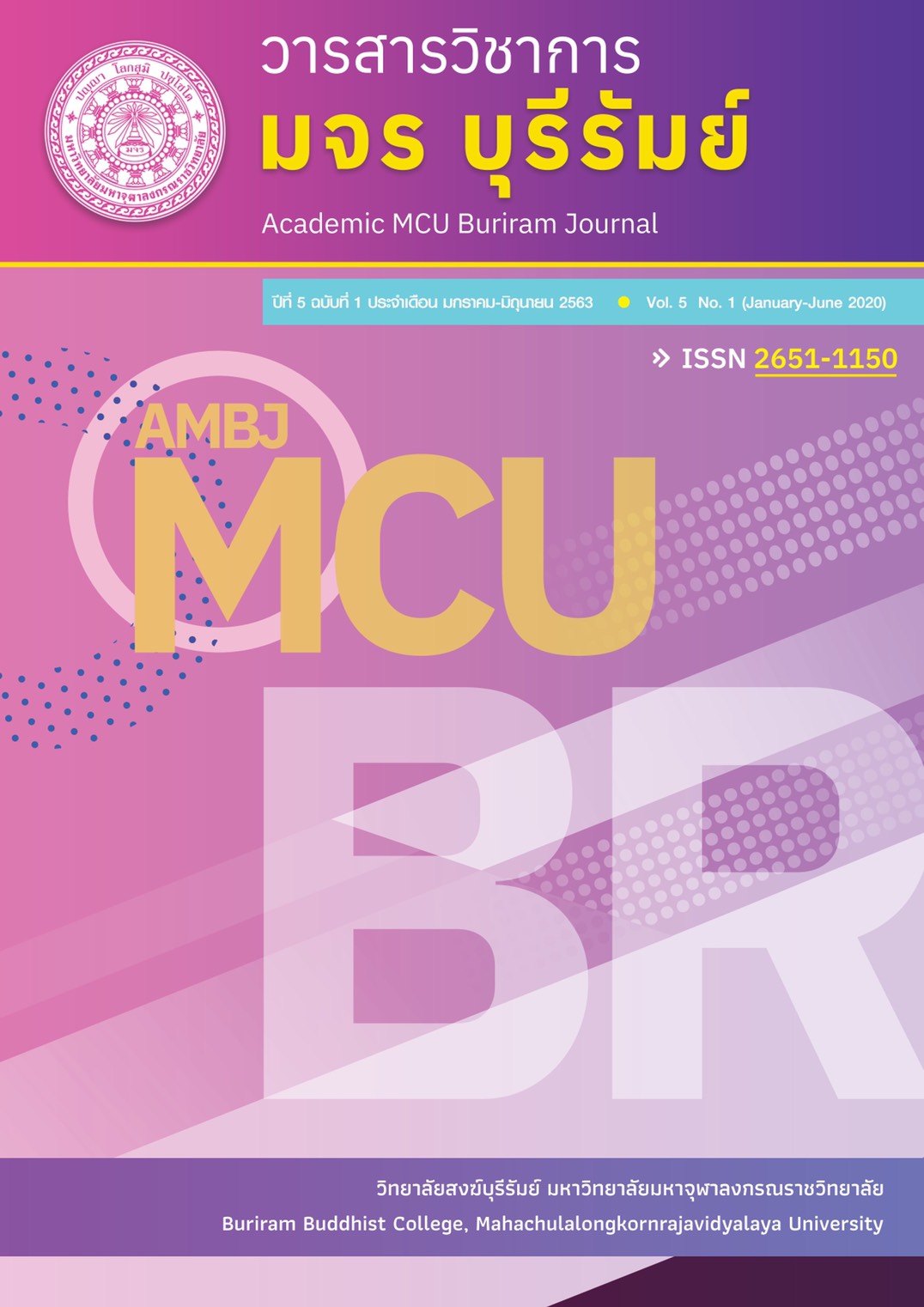The Development of Learning Centre of Bayon Art in Buriram Province
Keywords:
Learning Centre, Bayon ArtAbstract
The research article on "The Development of Learning Center of Bayon Art, Buriram Province" aims to study the history and culture of Bayon style, and developing of learning center of Bayon culture in Buriram province. The subjects in study were Khmer castles in Bayon style in the area of Buriram province amount 6 places. The research methodology is qualitative research. The tools used for data collection were interview forms constructed by the researchers which are content analysis. The results revealed that Bayon art has developed as a result of Papuan art and Angkor Wat art. It is known among historians and archaeologists that "Bayon art". The King Jayavarman VII (1724 - 1771) took the center of the characteristic from the Buddhist temple built during his reign to be called the art form. The important characteristics of Bayon art are to show the mysterious feeling and lollipop faces of the images etch at the top of the castle. The Bayon art had an influence in Thailand since Sukhothai period, concerning to the spread of the power of King Jayavarman VII into the North-Eastern region by the construction of Prasat Phimai in Nakhonratchasima. King Jayavarman VII has built Arokayasala or a small hospital lined from the capital city until Phimai. In Buriram province, it is found that there are 6 Bayon art as; 1) 2 sanctuaries at Prasat Phanomrung, namely southern temple and northern temple, 2) Prasat Nongplong, 3) Prasat Bankhokprasat (khok-ngio) 4) Kutirusi (Prasat Banbu), 5) Prasatnoi (kutirusi or hermit house) and 6) Prasat Kutirusi or hermit house (Nongbuarai).
Downloads
Published
How to Cite
Issue
Section
License
ทัศนะและความคิดเห็นที่ปรากฏในบทความวารสารฉบับนี้ถือเป็นความรับผิดชอบของผู้เขียนบทความนั้น ไม่ถือเป็นทัศนะและความรับผิดชอบของบรรณาธิการ





